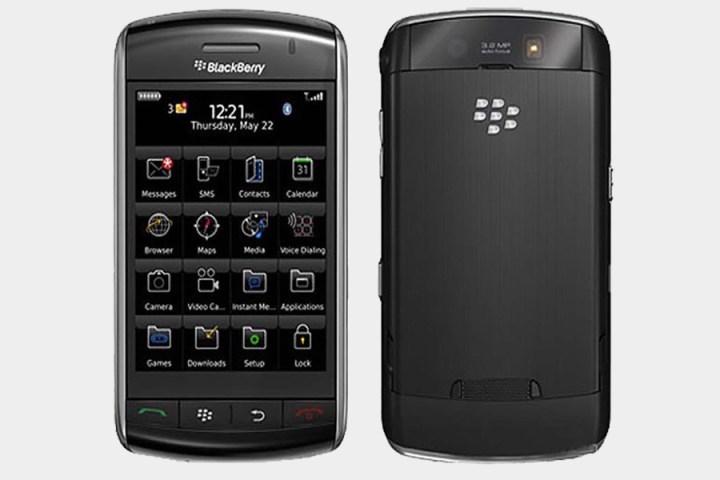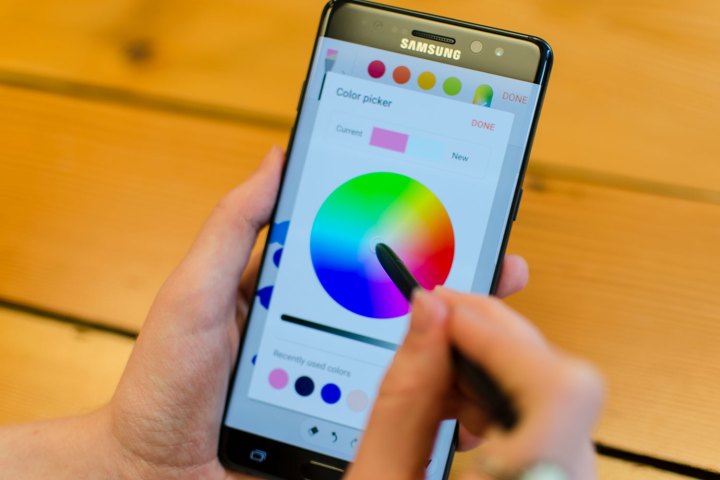People first started using the word “smartphone” more than 20 years ago, but most would agree that the modern smartphone emerged a little more than a decade ago when Apple unveiled the original iPhone. Google launched Android not long after, and we’ve seen countless smartphones since then, some great, some not so great, and some truly terrible.
We’re concerned with the worst of the worst here, but there are lots of reasons that you might consider a
BlackBerry Storm

When touchscreen smartphones really started to take off, complacent smartphone giant RIM, which had been dominating with the BlackBerry range, realized it needed to jump on the bandwagon. Cue a rushed, poorly designed, ill-thought-out, stinker of a smartphone. The BlackBerry Storm had an incredibly laggy clickable screen, terrible battery life, and dated software. It also lacked Wi-Fi support. According to Losing the Signal: The Untold Story Behind the Extraordinary Rise and Spectacular Fall of BlackBerry
HTC Thunderbolt

The HTC
Motorola Droid Bionic

Announced at CES in January, 2011, the Motorola Droid Bionic didn’t land until eight months later. Despite the lengthy delays, which were supposed to allow for improvements, the favorably- reviewed, hump-backed Droid Bionic failed to please owners. It may have been the first dual-core 4G LTE phone, but it sadly featured a dull, PenTile LCD screen, a slow camera, and disappointing battery life. Throw in MotoBlur — one of the worst
Amazon Fire Phone

Having done well with tablets, Amazon decided it was time to conquer the
Samsung Galaxy Note 7

Samsung was ridiculed when it first released the Note series, but bigger phones were quick to catch on, and each new iteration sold better than the last. As a beautifully designed powerhouse of a phone, with special S Pen stylus support, things started out well for the Note 7 with a series of rave reviews. The
Dishonorable mentions
With space for just five on our list of the worst smartphones, there were plenty of candidates that didn’t quite make the cut. Here are a few of them.
Microsoft Kin One

The only reason that the Microsoft Kin One and Two don’t make this list is because they can’t really be described as smartphones. Microsoft spent more than two years and $1 billion on these sliding social phones that no one wanted to buy.
HTC ChaCha

Like a weird
Asus Garminfone

The Asus Garminfone made it clear that SatNav manufacturers would not be muscling into the phone market in response to Google eating their lunch with its free
HTC Evo 3D

We must praise HTC for its unrelenting drive to innovate before we mention yet another phone from the Taiwanese manufacturer. This time it’s the HTC Evo 3D, which had dual cameras long before it was cool, but in this case, they were for shooting 3D videos that no one would ever watch. If 3D couldn’t crack TVs, it was certainly never going to crack phones.
Samsung Fascinate

Back in the days before Samsung could call the shots, it made a different version of the Galaxy S for each carrier, and the most hated by far was the Samsung Fascinate on Verizon. Although it suffered from a persistent GPS problem, it was a good phone until Verizon got its hands on it. Not content loading it with bloatware, Verizon also made Microsoft’s Bing the default for search and navigation.
Everyone’s experience with smartphones is different, so if the worst


